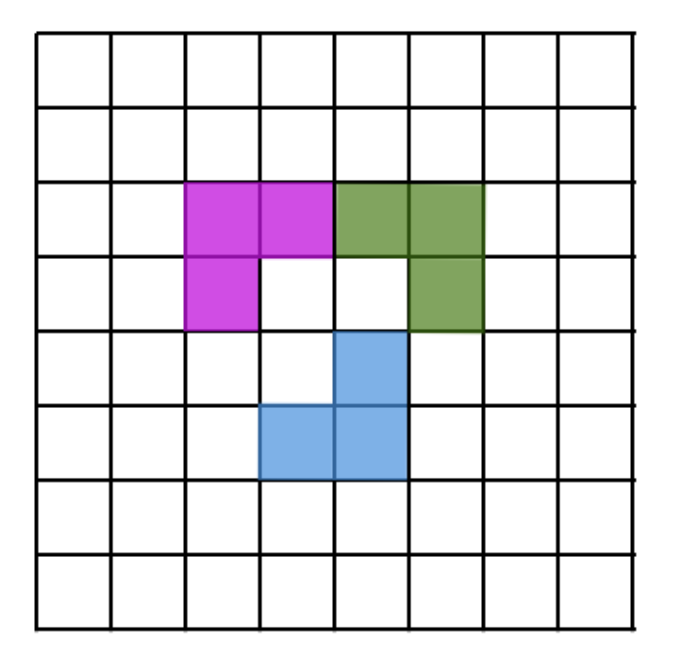Problems
The centres of all unit squares are marked in a \(10 \times 10\) chequered box (100 points in total). What is the smallest number of lines, that are not parallel to the sides of the square, that are needed to be drawn to erase all of the marked points?
Prove that, in a circle of radius 10, you cannot place 400 points so that the distance between each two points is greater than 1.
A circle is covered with several arcs. These arcs can overlap one another, but none of them cover the entire circumference. Prove that it is always possible to select several of these arcs so that together they cover the entire circumference and add up to no more than \(720^{\circ}\).
We are given a convex 200-sided polygon in which no three diagonals intersect at the same point. Each of the diagonals is coloured in one of 999 colours. Prove that there is some triangle inside the polygon whose sides lie some of the diagonals, so that all 3 sides are the same colour. The vertices of the triangle do not necessarily have to be the vertices of the polygon.
All of the points with whole number co-ordinates in a plane are plotted in one of three colours; all three colours are present. Prove that there will always be possible to form a right-angle triangle from these points so that its vertices are of three different colours.
A target consists of a triangle divided by three families of parallel lines into 100 equilateral unit triangles. A sniper shoots at the target. He aims at a particular equilateral triangle and either hits it or hits one of the adjacent triangles that share a side with the one he was aiming for. He can see the results of his shots and can choose when to stop shooting. What is the largest number of triangles that the sniper can guarantee he can hit exactly 5 times?
Can the cells of a \(5 \times 5\) board be painted in 4 colours so that the cells located at the intersection of any two rows and any two columns are painted in at least three colours?
Inside a square with side 1 there are several circles, the sum of the radii of which is 0.51. Prove that there is a line that is parallel to one side of the square and that intersects at least 2 circles.
A game of ’Battleships’ has a fleet consisting of one \(1\times 4\) square, two \(1\times 3\) squares, three \(1\times 2\) squares, and four \(1\times 1\) squares. It is easy to distribute the fleet of ships on a \(10\times 10\) board, see the example below. What is the smallest square board on which this fleet can be placed? Note that by the rules of the game, no two ships can be placed on horizontally, vertically, or diagonally adjacent squares.

On an 8×8 grid (like a chessboard), an L-corner is a shape made of 3 little squares of the board that touch to make an L. You can turn the L any way you like. We place the L-corners so that none overlap. What is the fewest L-corners you must place so that no more L-corners can be added anywhere? Here is an example of how three L-corners may look like:
